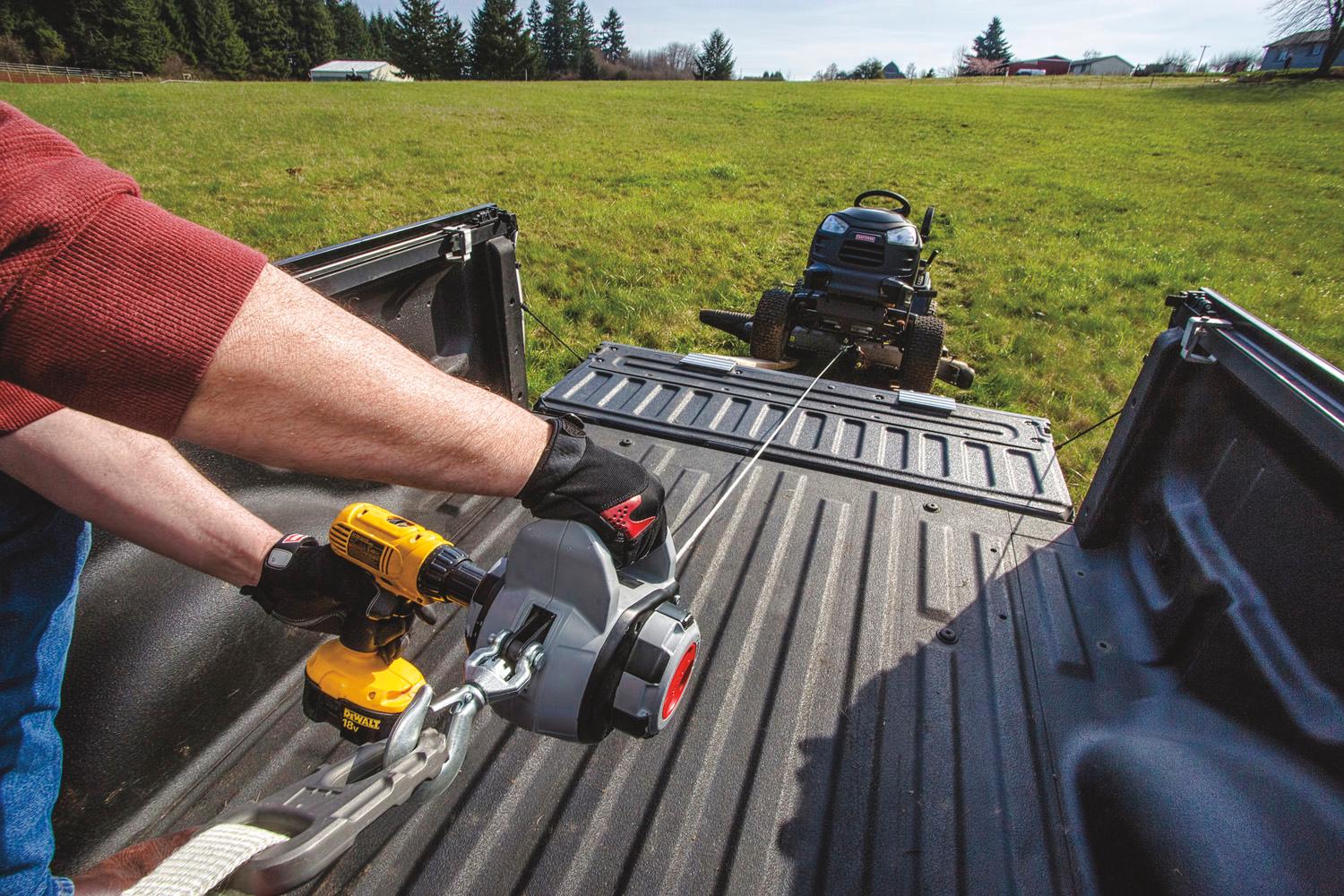If you are working at a construction site, a winch is often used for hauling or lifting objects. This is done with the use of a chain, cable, or rope. Any of these linkages wind around a rotating drum, and are either operated by a motor or are hand-cranked.
How Winches and Hoists Are Different
Sometimes winches are mistaken for hoists. However, a winch and hoist each lift items using different techniques. A winch is made to pull heavy loads in a horizontal fashion over level surfaces or slight inclines. Hoists, on the other hand, are configured to lift loads vertically over slopes that are greater than 45 degrees. Needless to say, either of these methods makes any heavy lifting a much easier task.
Winches are designed so that a winding cable, chain, or rope produces a certain amount of tension. This tension is therefore used for pulling. When a winch is not hand-cranked, it may be powered by electricity, air, or hydraulics.
How Winches Are Used
Most of the drums used for this purpose are made of a fabricated steel and are manufactured for holding a specific weight or load. A simple winch, which is operated manually, may consist of a cable or rope and a barrel or drum. An industrial winch, on the other hand, which is powered by electricity, may be used for moving heavy equipment or transporting items such as autos or boats.
When you are seeking winch services, you also should be aware of how winches are assessed. The tools are rated by the optimum load they can pull using the last layer of rope on the tool’s drum. As rope layers increase then, the pull on the line usually decreases by about ten percent. Therefore, the size of winch that is required depends on a number of criteria, including mobility, surface level, and weight.
A Quick and Simple Formula
A quick and simple formula to use for determining the minimum size that a winch can handle includes multiplying the gross weight of the intended object by 1.5. Therefore, this type of measure should help you assess your winch needs.
Also remember that because of an increased risk for injury, a winch must be properly managed. For safe operation then, you should inspect the winch before and after using it. If the rope is damaged or frayed, for example, you will need to make an immediate replacement.
Make sure you keep the wire rope and the winch clean. If required, unwind the winch entirely and use a clean cloth to wipe away the debris or grime. These general safety guidelines will lessen the chance that someone could get injured while using a winch on the job.
Reviewing Your Specific Requirements
Before you select a winch for your project, go through a checklist to determine what kind of winch is appropriate for your needs. For example, will the tool be used for pulling or lifting? Also, what is the heaviest weight you need to handle? If the winch is used for pulling, what are the surface conditions?
You will also need to determine the rope diameter and length, as well as the line speed. If a power source is needed, you will also need to know that information before you proceed.



